Commentary: How Trump's first 100 days will radically alter health care
Published in Op Eds
As Donald Trump completes the first 100 days of his second term, the consequences of his early health care decisions are already coming into view. Through executive orders and agency directives, his administration has set a clear national agenda: cut costs, shrink government, and reduce federal oversight.
History shows that decisions made during a president’s first 100 days have an outsized impact on the nation’s future. In 2009, Barack Obama faced a similar window of opportunity. With unified control of the government and pressure to act quickly on health care, he confronted a fundamental choice: expand coverage, improve quality, or cut costs.
President Obama made health insurance expansion his first priority, setting in motion what would become the Affordable Care Act (ACA) — the most ambitious health care reform in a generation.
In chaos theory, this phenomenon is known as the butterfly effect: a single action can trigger consequences that magnify across time and space. A butterfly flaps its wings in Brazil and a tornado forms weeks later in Texas. Presidential decisions made in the opening months of a term work the same way.
Trump, in his return to power, has made a different choice than Obama: to cut costs. This early decision has set the nation on a new course — one with consequences that will grow larger and more lasting over time. To understand the significance of Trump’s first 100 days on health care, it’s useful to revisit the path Obama charted 16 years ago.
’09 Obama: Coverage first, built to last
President Obama took office amid economic collapse and a fragmented health care system. With 60 million Americans uninsured, he decided to focus on expanding coverage as the foundation for reform.
Drawing on personal experience — his mother’s cancer battle and his time as a community organizer — Obama believed that access was the gateway to better quality and lower costs.
To ensure the durability of his plan, Obama relied on congressional legislation rather than executive action. In his first 100 days, he convened stakeholders, hosted health care summits, expanded the Children’s Health Insurance Program (CHIP), and proposed a $634 billion “down payment” on health reform in the federal budget.
These initial steps led to the ACA, which has provided affordable insurance to more than 30 million Americans (cutting the uninsured rate in half), offered subsidies to low- and middle-income families, and guaranteed protections for those with preexisting conditions. The law survived political opposition, legal challenges, and subsequent presidencies, becoming a pillar of the nation’s health care system.
However, those gains came at a price. Annual U.S. health care spending more than doubled — from $2.6 trillion in 2010 to over $5.2 trillion today — without significant improvements in life expectancy or clinical quality.
’25 Trump: Cost cutting and asserting control
In contrast, President Trump returned to the White House in January with a focus on lowering taxes, reducing government spending, and asserting greater executive power.
Health care, which represents almost a third of federal spending, quickly became central to his budget-cutting efforts. Rather than pursue time-consuming congressional legislation, he has acted through executive orders and agency restructuring.
At the center of his domestic agenda is a sweeping tax reform bill — the so-called “big beautiful bill” — which the Congressional Budget Office projects will sharply reduce federal revenue and add trillions to the national debt. To win over fiscal conservatives, the administration is pushing massive spending cuts, starting with health care.
Here are some of the most consequential actions taken during his first 100 days:
Cost-driven actions: Reducing health care expenditures
To achieve his economic plan, Trump has sought to reduce federal spending through:
Agency layoffs: The Department of Health and Human Services has initiated mass layoffs across the Centers for Disease Control and Prevention (CDC), National Institutes of Health (NIH), and the U.S. Food and Drug Administration (FDA), reducing staff capacity by 20,000 and cutting critical programs, including HIV research grants and initiatives targeting autism, chronic disease, teen pregnancy, and substance abuse.
ACA support rollbacks: The administration slashed funding for ACA navigators and rescinded extended enrollment periods, making it more difficult for individuals (especially low-income Americans) to obtain government-subsidized coverage.
Medicaid cutbacks: A proposed $880 billion reduction over 10 years could eliminate expanded Medicaid coverage in many states. Additional moves (like work requirements or application hurdles) would likely reduce enrollment further.
Cultural and executive power moves: Redefining government’s role
While cutting costs has been the central goal, many of Trump’s actions reflect a broader ideological stance. He’s using executive authority to reshape the values, norms, and institutions that have defined American health care. These include:
— Withdrawal from the World Health Organization (WHO): The administration formally ended U.S. participation, citing concerns about funding and governance.
— Restructuring USAID’s health portfolio: Multiple contracts and programs related to maternal health, infectious disease prevention, and international public health have been ended or scaled back.
— Reorganization of DEI programs: Diversity, equity, and inclusion (DEI) initiatives have been rolled back or eliminated across several federal departments.
Trump and consequences
Trump’s early actions are already changing how care is accessed, funded, and delivered. The biggest impact will come from efforts to reduce health care spending.
First, coverage will shrink with Medicaid cuts, ACA rollbacks, and funding freezes disproportionately affecting low-income families, young adults, and people with chronic illnesses. As coverage declines, preventable conditions are likely to go untreated, emergency room visits are likely to rise, and hospitals will be forced to provide increasing amounts of unpaid care.
Second, the rollback of global health partnerships and equity-focused programs has already begun to diminish America’s influence abroad, hinder diverse participation in clinical research, and reduce trust in federal health agencies. Slower scientific progress and weakened preparedness for future health crises will put the United States at major risk.
The U.S. Constitution gives presidents broad power to chart the nation’s course. In their first 100 days, Trump and Obama made different health care choices—one prioritizing coverage, the other cutting costs. Each demonstrates the butterfly effect: early decisions ripple across time, expanding in size and impact, and radically altering American health care for better or worse.
_____
Dr. Robert Pearl is a Stanford University professor, Forbes contributor, bestselling author, and former CEO of The Permanente Medical Group.
_____
©2025 The Fulcrum. Visit at thefulcrum.us. Distributed by Tribune Content Agency, LLC.
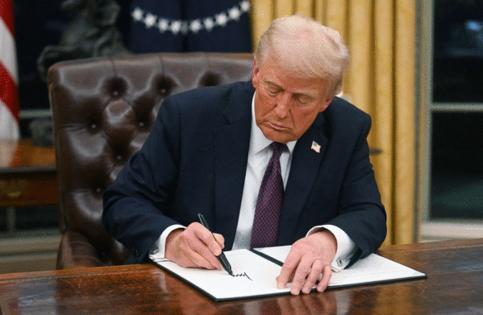


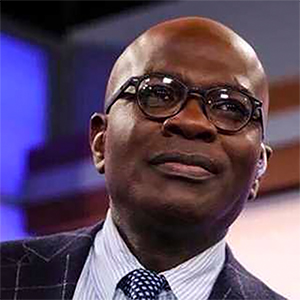

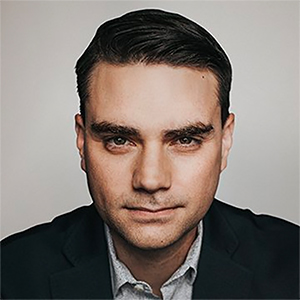

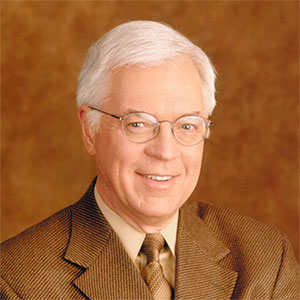

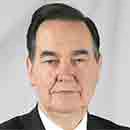









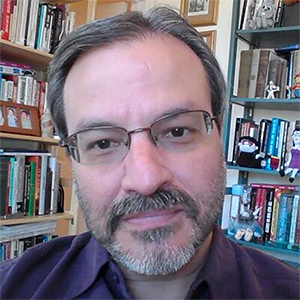






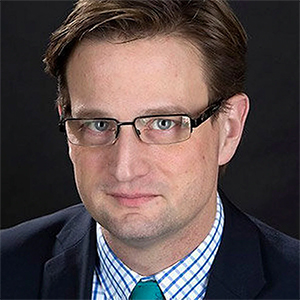
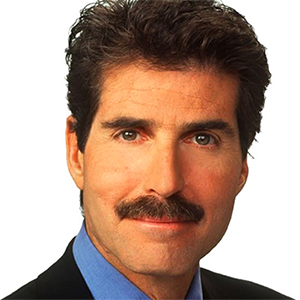
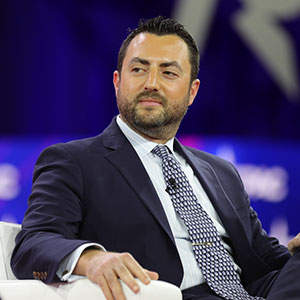
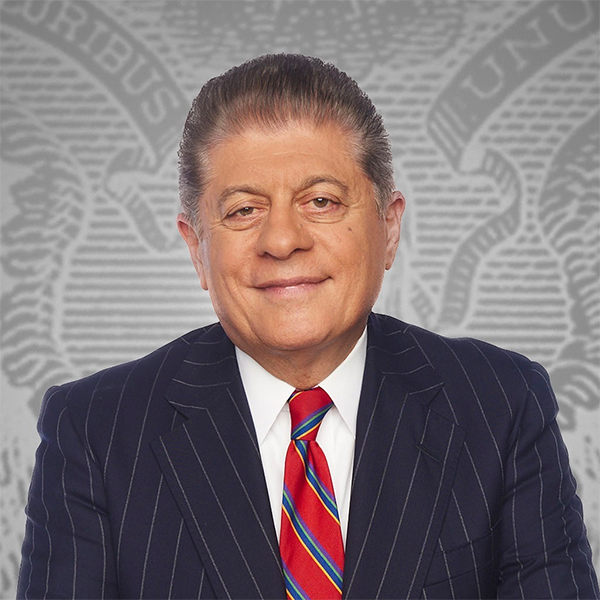



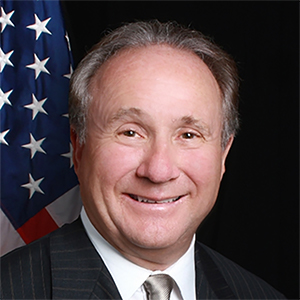

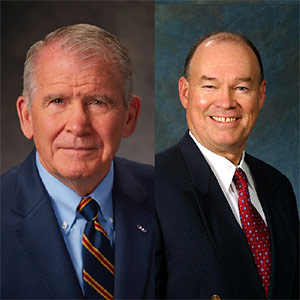


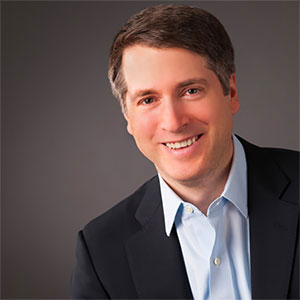

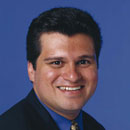







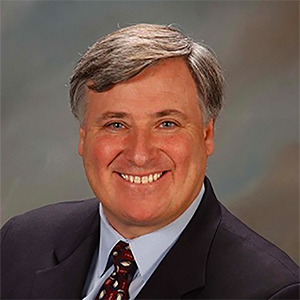




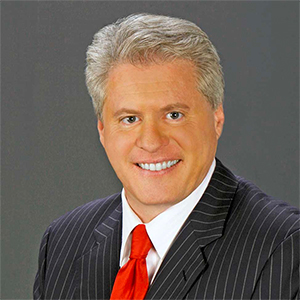

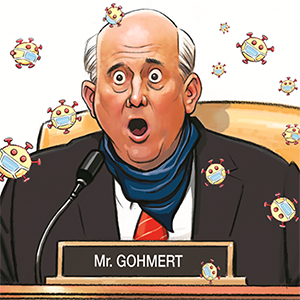




Comments